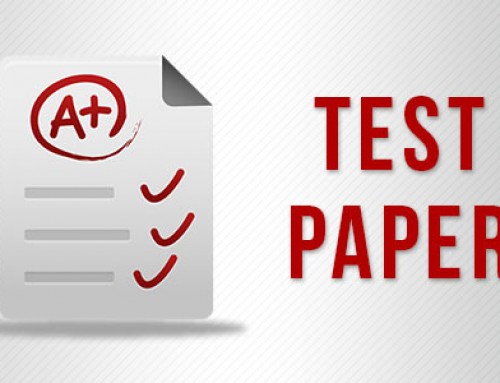If x is replaced by ax + b in all standard formulas, then their differential follow this route. Suppose my dear there is some function f(x), and after
differentiating you get g(x), for example if you differentiate sin x, you get cos x. so if the function if ax + b, and I am differentiating it, so notice
you will get the same answer.
The answer would be same and this value would be same but only the entire answer would get multiplied by a. only the entire answer would be multiplied by
a. So if in a general function, in general standard formulas, if x is replaced by ax + b, then their differential will follow this particular route, for
example, if I want to write differentiation of sin (ax+b), then what will be the answer? I will differentiate cos in ordinary manner, sine multiplied by a.
In all formulas. One more example. Y = (2x+5)99.
So I will consider 2x+5, so dy by dx, will become nxn-1 multiplied by 2. The function will undergo ordinary differential but it will be
multiplied by the exponent of the x. You will multiply x by the coefficient of the x. Done. For an example, one more example, if I am saying y = ln (ax+b),
then my dear y dot will be what is the differential of ln(x), 1 upon x. So what will happen to this? 1 upon ax+b and then it will be multiplied by a.
Let’s start another important application of the calculus. There are two mathematical operations that are very, very important in physics. One is
differentiation and another one is the integration. We have gone through the differential. Now let us work out for the integration.






